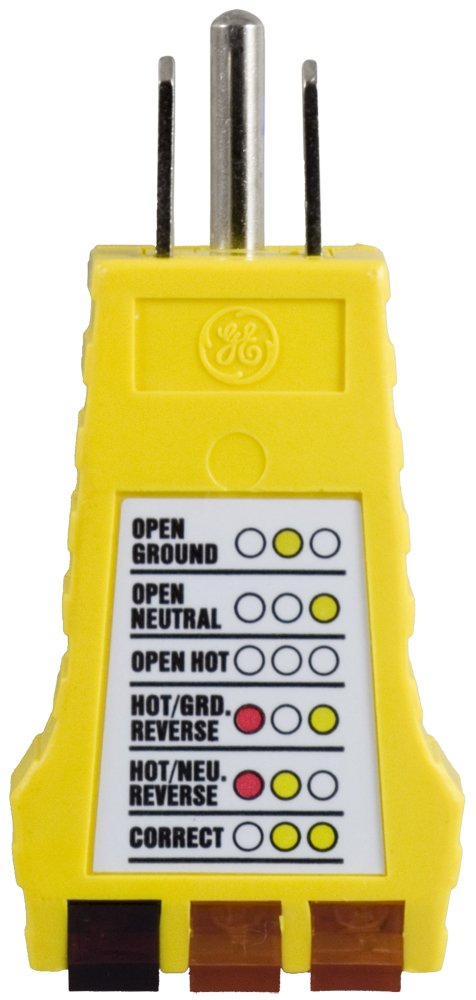buylow12
Aug 14, 2015Explorer
Hot Ground???
Alright, so after replacing my batteries I thought that our problems were solved. Especially when we arrived after two weeks to fully charged batteries in the storage yard(The refrigerator was hot however as it's fuse apparently blew :(. It was not to be. Again today when we arrived to the park our batteries were only reading 12.5v. I was thinking maybe it was the refrigerator doing something crazy since with the blown fuse our batteries were showing a amazingly full 13.2v at 2 am after two weeks on solar alone.
So I broke out the multi meter and tried to track down any leakage and I got a bit of a surprise. When I touched the negative post to the negative wire I only got .75 amps or so but when I touched my ground wire it was reading 10 amps. That was on top of a bit of sparking when I removed it. Can this be the cause of my battery drain?
I've got to admit I'm a bit confused at this point ;) From some reading I take it this is called a hot ground but I'm not sure what to do about it. I tried pulling all the fuses and putting them back in one by one but it seemed that anything that was on would increase the amps through the ground. How do I fix this?
Thanks(as usual) for the help,
Tim Czarkowski
TotatTravelers.Com
So I broke out the multi meter and tried to track down any leakage and I got a bit of a surprise. When I touched the negative post to the negative wire I only got .75 amps or so but when I touched my ground wire it was reading 10 amps. That was on top of a bit of sparking when I removed it. Can this be the cause of my battery drain?
I've got to admit I'm a bit confused at this point ;) From some reading I take it this is called a hot ground but I'm not sure what to do about it. I tried pulling all the fuses and putting them back in one by one but it seemed that anything that was on would increase the amps through the ground. How do I fix this?
Thanks(as usual) for the help,
Tim Czarkowski
TotatTravelers.Com

